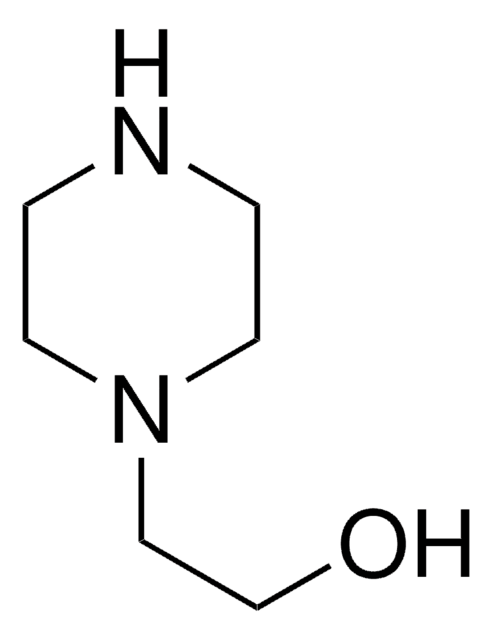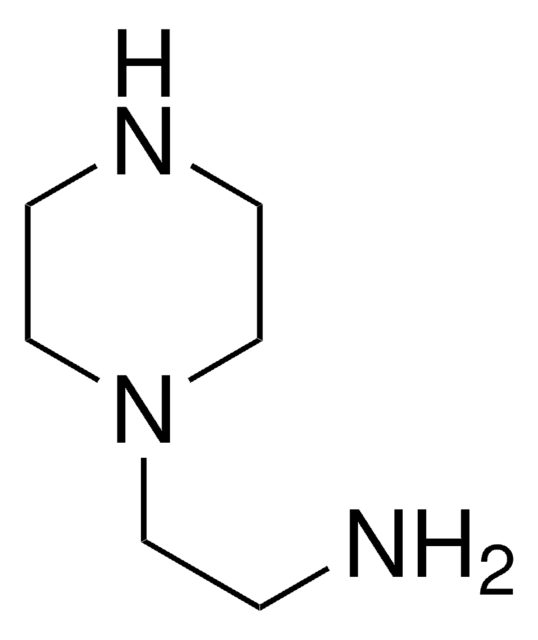Kluczowe dokumenty
127582
N-(2-Hydroxyethyl)ethylenediamine
99%
Synonim(y):
2-(2-Aminoethylamino)ethanol, N-(2-Aminoethyl)ethanolamine
About This Item
Polecane produkty
gęstość pary
3.6 (vs air)
Poziom jakości
Próba
99%
współczynnik refrakcji
n20/D 1.485 (lit.)
bp
238-240 °C/752 mmHg (lit.)
gęstość
1.03 g/mL at 25 °C (lit.)
grupa funkcyjna
amine
hydroxyl
ciąg SMILES
NCCNCCO
InChI
1S/C4H12N2O/c5-1-2-6-3-4-7/h6-7H,1-5H2
Klucz InChI
LHIJANUOQQMGNT-UHFFFAOYSA-N
Szukasz podobnych produktów? Odwiedź Przewodnik dotyczący porównywania produktów
Powiązane kategorie
Zastosowanie
- A precursor in the synthesis of room-temperature ionic liquids, acetate and formate ammonium salts of N-(2-hydroxyethyl)-ethylenediamine.
- A ligand in the preparation of polymeric cyano-bridged platinum(II)complexes, ligand-copper(II)carbohydrate complexes and cyano-bridged Ni-Pt and Cu-Pt coordination polymers.
It can also be used to study the aerobic biodecomposition of amines in hypersaline wastewaters.
Hasło ostrzegawcze
Danger
Zwroty wskazujące rodzaj zagrożenia
Zwroty wskazujące środki ostrożności
Klasyfikacja zagrożeń
Eye Dam. 1 - Repr. 1B - Skin Corr. 1B - Skin Sens. 1 - STOT SE 3
Organy docelowe
Respiratory system
Kod klasy składowania
6.1C - Combustible acute toxic Cat.3 / toxic compounds or compounds which causing chronic effects
Klasa zagrożenia wodnego (WGK)
WGK 1
Temperatura zapłonu (°F)
291.2 °F
Temperatura zapłonu (°C)
144 °C
Środki ochrony indywidualnej
Faceshields, Gloves, Goggles, type ABEK (EN14387) respirator filter
Wykazy regulacyjne
Wykazy regulacyjne dotyczą głównie produktów chemicznych. Można w nich podawać ograniczoną liczbę informacji na temat produktów niechemicznych. Brak wpisu oznacza, że żaden ze składników nie znajduje się w wykazie. Użytkownik odpowiada za zagwarantowanie bezpiecznego i zgodnego z prawem stosowania produktu.
EU REACH Annex XVII (Restriction List)
Wybierz jedną z najnowszych wersji:
Masz już ten produkt?
Dokumenty związane z niedawno zakupionymi produktami zostały zamieszczone w Bibliotece dokumentów.
Klienci oglądali również te produkty
Global Trade Item Number
| SKU | GTIN |
|---|---|
| S0800-50G | 4061835532384 |
| S0800-1KG | 4061835532377 |
| S0800-250G | 4061836830809 |
| 127582-1KG | 4061838724960 |
| 127582-2.5KG | |
| 127582-2KG | 4061838724977 |
| 127582-5G | |
| 127582-250G | |
| 127582-100G | 4061838724953 |
| 127582-3KG | |
| 127582-500G |
Nasz zespół naukowców ma doświadczenie we wszystkich obszarach badań, w tym w naukach przyrodniczych, materiałoznawstwie, syntezie chemicznej, chromatografii, analityce i wielu innych dziedzinach.
Skontaktuj się z zespołem ds. pomocy technicznej
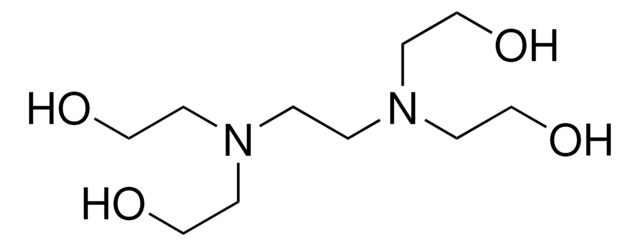





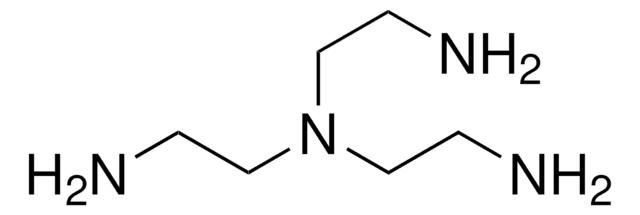
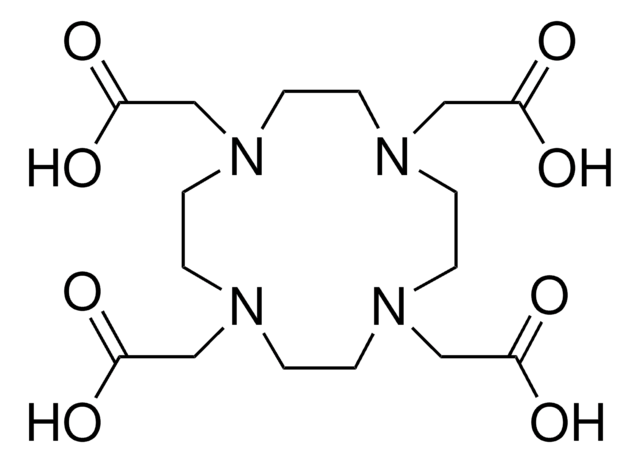





![1-[N,N-Bis(2-hydroxyethyl)amino]-2-propanol 94%](/deepweb/assets/sigmaaldrich/product/structures/219/539/52108f19-e9a0-4987-b605-9969a5cc720d/640/52108f19-e9a0-4987-b605-9969a5cc720d.png)
